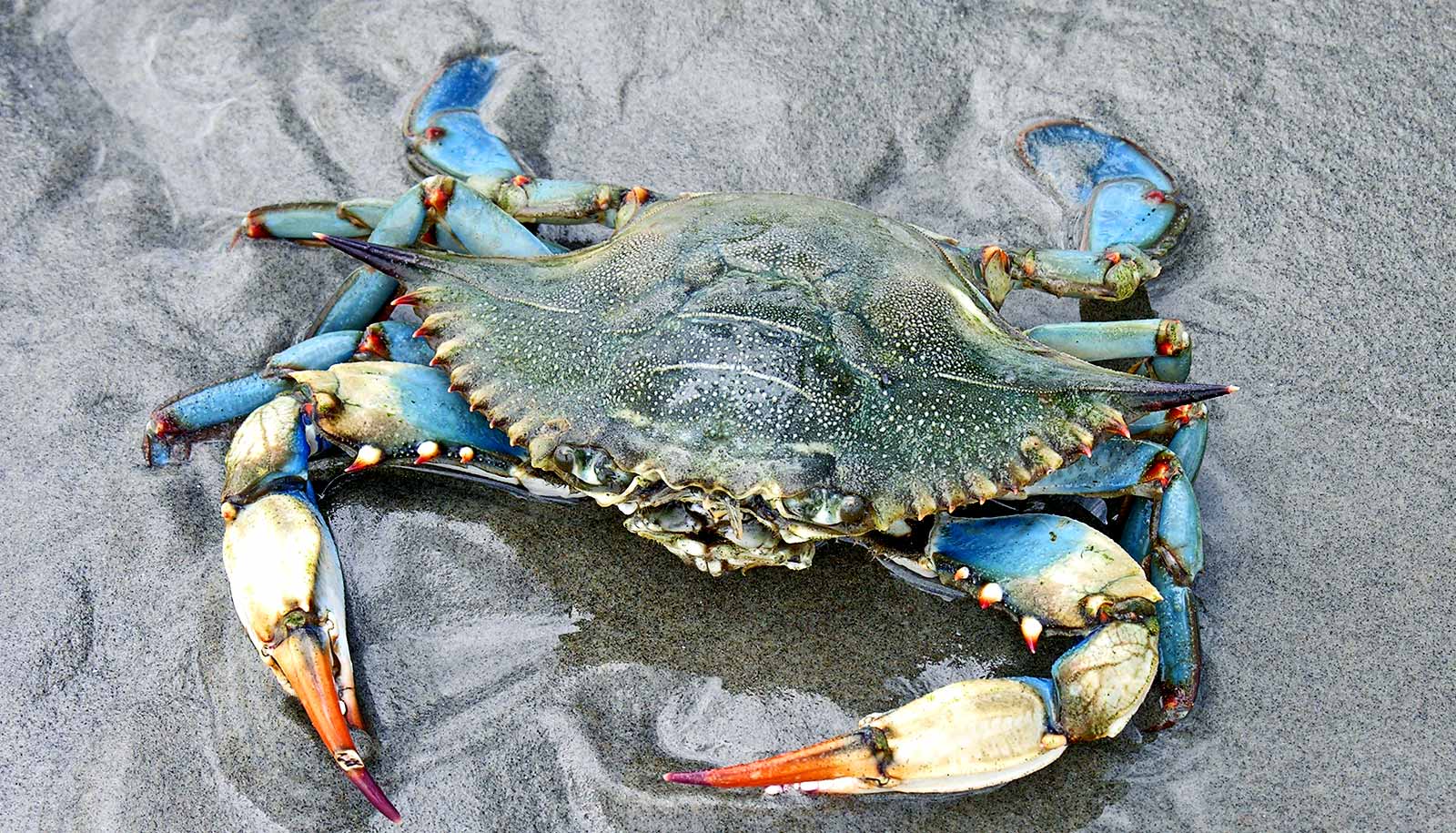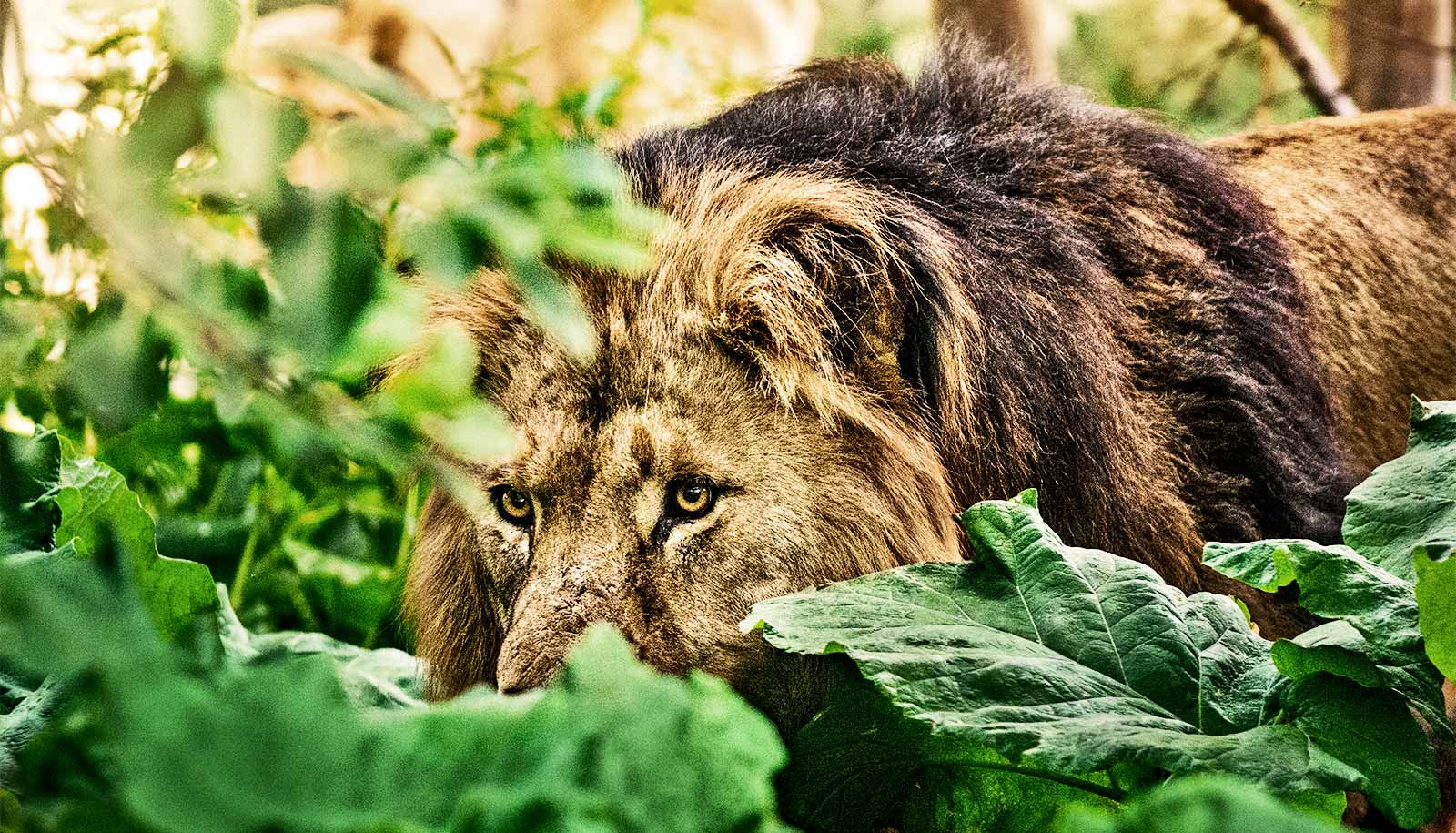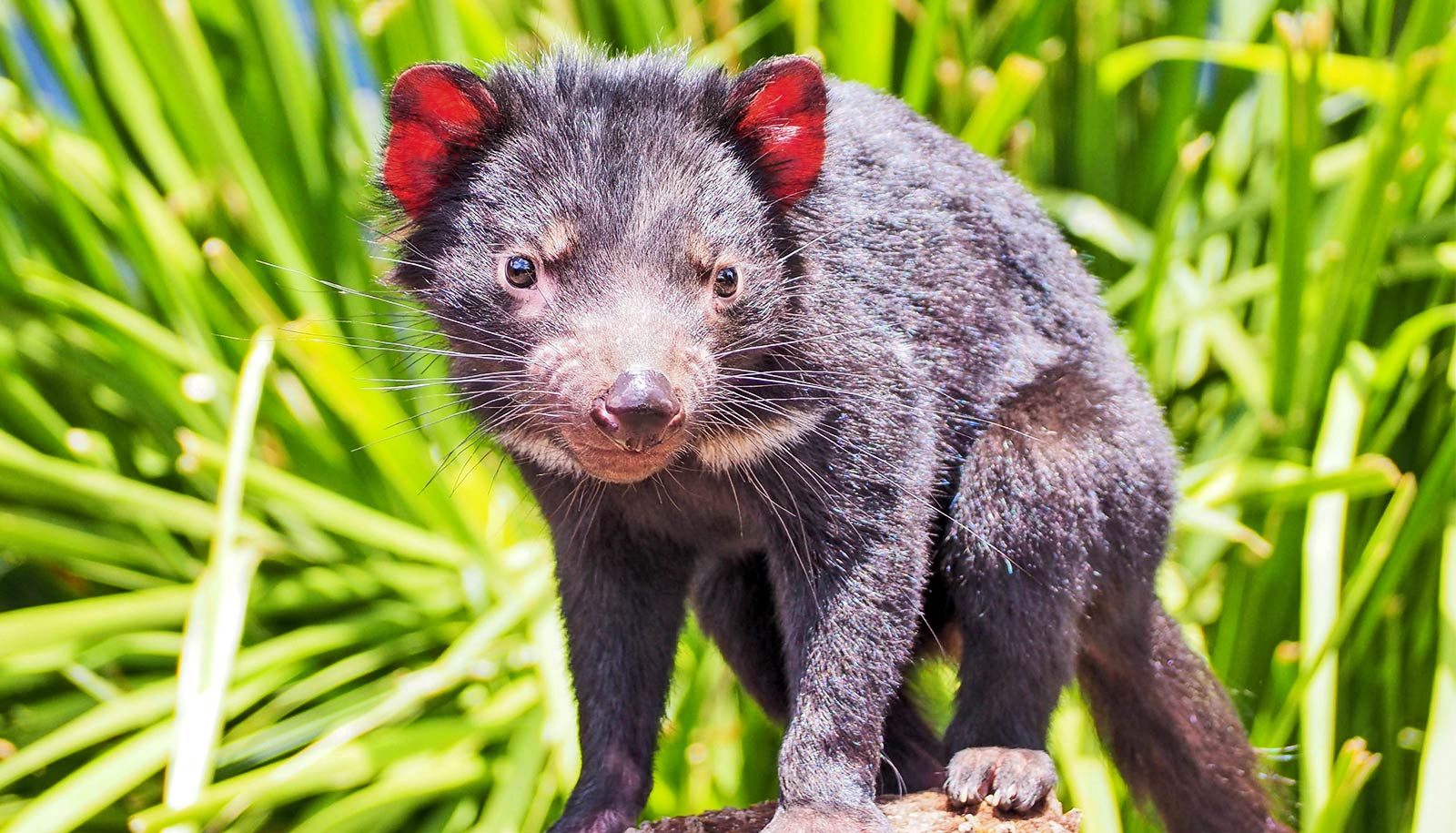Researchers have identified two chemicals in the urine of predatory blue crabs that warn mud crabs of an impending attack.
Beyond decoding crab-eat-crab alarm triggers, pinpointing the compounds for the first time opens new doors to understanding how chemicals invisibly regulate marine wildlife.
“You might call trigonelline and homarine fear-inducing cues.”
The findings, which appear in the Proceedings of the National Academy of Sciences could someday contribute to better management of crab and oyster fisheries, and help specify which pollutants upset them.
In coastal marshes, these urinary alarm chemicals, trigonelline and homarine, help to regulate the ecological balance of who eats how many of whom—and not just crabs.
Blue crabs, which are tough, strong, and about hand-sized, eat mud crabs, which are about the size of a silver dollar and thin-shelled. Mud crabs eat a lot of oysters, but when blue crabs are going after mud crabs, the mud crabs hide and freeze, so far fewer oysters get eaten than usual.
Humans are part of the food chain, too, eating oysters as well as blue crabs that boil up a bright orange. The blue refers to the color of markings on their appendages before they’re cooked. So blue crab urinary chemicals influence seafood availability for people, too.
Duck and cover
The fact that blue crab urine scares mud crabs was already known. Mud crabs duck and cover when exposed to samples taken in the field and in the lab, even when the blue crabs aren’t visible. Digestive products, or metabolites, in blue crab urine trigger the mud crabs’ reaction, which also makes them stop foraging for food themselves.
“Mud crabs react most strongly when blue crabs have already eaten other mud crabs,” says Julia Kubanek, professor of biological sciences at Georgia Institute of Technology and co-lead author of the research.
“A change in the chemical balance in blue crab urine tells mud crabs that blue crabs just ate their cousins,” she says.
Figuring out the two specific chemicals, trigonelline and homarine, that set off the alarm system, out of myriad candidate molecules, is new and has been a challenging research achievement.
“My guess is that there are many hundreds of chemicals in the animal’s urine,” says Kubanek.
Trigonelline has been studied, albeit loosely, in some diseases, and is known as one of the ingredients in coffee beans that, upon roasting, breaks down into other compounds that give coffee its aroma. Homarine is very similar to trigonelline, and, while less studied, is also common.
“These chemicals are found in many places,” Kubanek says. But picking them out of all the chemicals in blue crab urine for the first time was like finding two needles in a haystack.
‘Walking noses’
In the past, researchers trying to narrow down such chemicals have often started out by separating them out in arduous laboratory procedures then testing them one at a time to see if any of them worked. There was a good chance of turning up nothing.
For the current study, researchers went after the whole haystack of chemicals at one time using mass spectrometry and nuclear magnetic resonance spectroscopy.
“We screened the entire chemical composition of each sample at once,” Kubanek says. “We analyzed lots and lots of samples to fish out chemical candidates.”
The researchers discovered spikes in about a dozen metabolites after blue crabs ate mud crabs. They tested out those pee chemicals that spiked on the mud crabs and discovered that trigonelline and homarine distinctly made them crouch.
“Trigonelline scares the mud crabs a little bit more,” Kubanek says.
More specifically, high concentrations of either of the two did the trick, says co-lead author Marc Weissburg, professor of biological sciences. “It’s clear that there was a dose-dependent response. Mud crabs have evolved to home in on that elevated dose.”
“Most crustaceans are walking noses,” Weissburg says. “They detect chemicals with sensors on their claws, antennae, and even the walking legs. The compounds we isolated are pretty simple, which suggests they might be easily detectable in a variety of places on a crab. This redundancy is good because it increases the likelihood that the mud crabs get the message and not get eaten.”
Affecting the entire ecosystem
Evolution preserved the mud crabs with the duck-and-cover reaction to the two chemicals, which also influenced the ecological balance, in part by pushing blue crabs to look for more of their food elsewhere. But it influenced other animal populations as well.
For prey escaping predators, location matters
“These chemicals are staggeringly important,” Weissburg says “The scent from a blue crab potentially affects a large number of mud crabs, all of which stop eating oysters, and that helps preserve the oyster populations.”
All that also affects food sources for marine birds and mammals: Just by the effects of two chemicals, and there are so many more chemical signals around. “It’s hard for us to appreciate the richness of this chemical landscape,” Weissburg says.
As scientists learn more, influencing these systems could become useful to ecologists and the fishing industry, Weissburg says.
“We might even be able to use these chemicals to control oyster consumption by predators to help preserve these habitats, which are critical, or to help oyster farmers.”
Pollutants in pesticides and herbicides are known to interfere with estuaries’ ecologies. “It will be a lot easier to test how strong this is by knowing specific ecological chemicals,” Weissburg says.
Evading predators is more complex than ‘run away!’
By the way, trigonelline and homarine are not pheromones.
“Pheromones are signaling molecules that have a function within the same species, like to attract mates,” Kubanek says. “And blue crabs and mud crabs are not the same species. In this case, the mud crabs have evolved to chemically eavesdrop on the blue crabs’ pee. You might call trigonelline and homarine fear-inducing cues.”
The National Science Foundation funded the work.
Source: Georgia Institute of Technology



